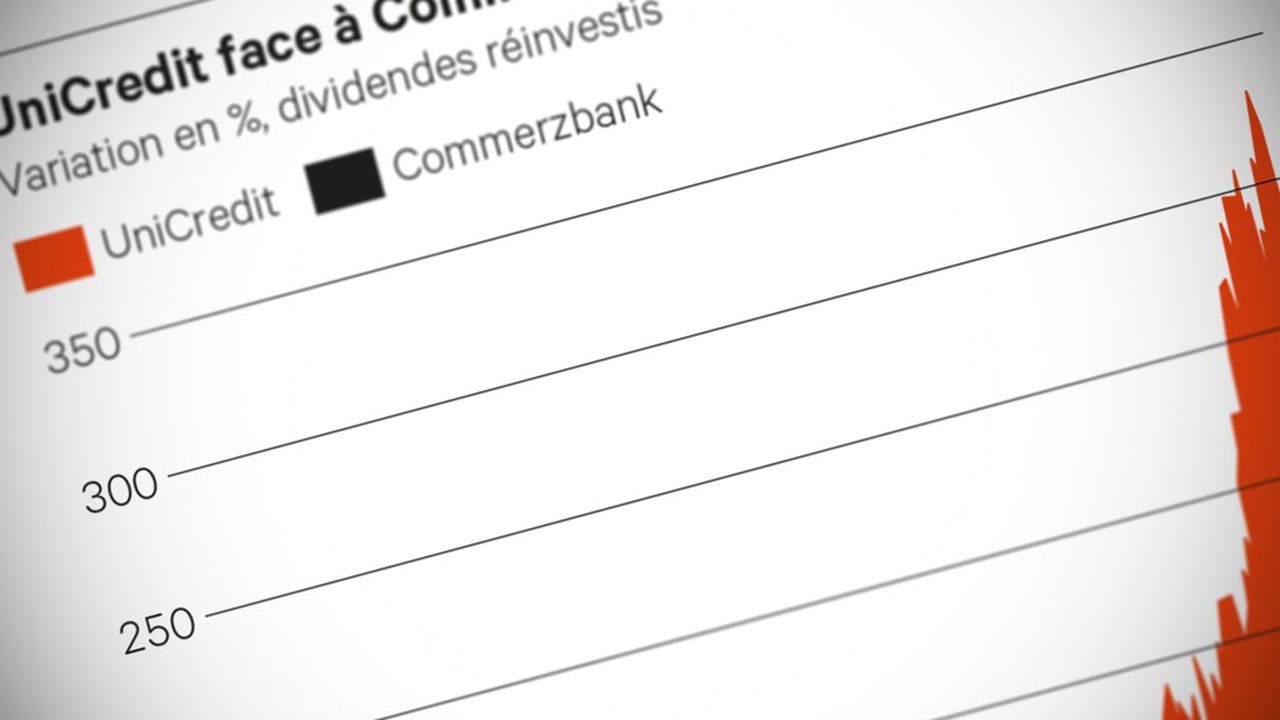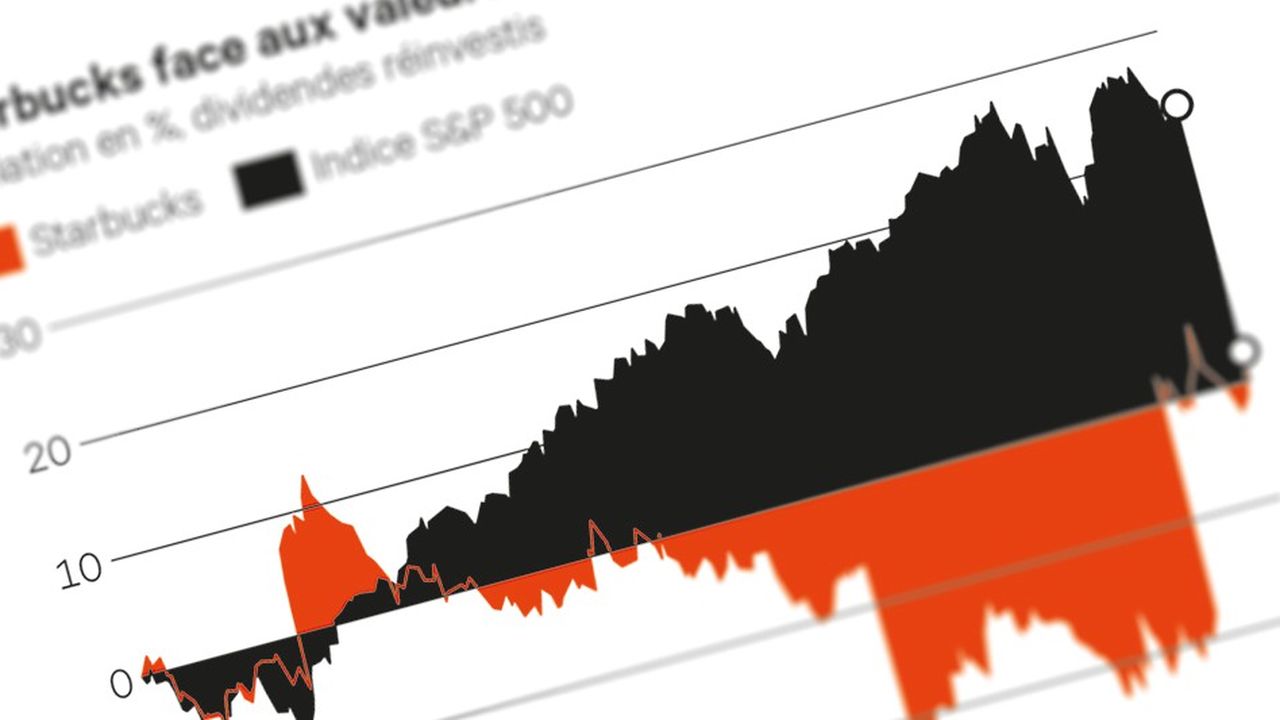
The Egyptians did not invent wine, but their pharaohs had great wines bred and thus laid the foundations of modern oenology, from breeding to tasting, including storage. After having brought plants from the Canaan region and acclimatized them to the Nile Delta, a whole art of living was established and culminated with Amenhotep III, at the height of the New Kingdom, between 1390 and 1350 BCE.
If beer remained the fermented drink reserved for the people, the consumption of wine became a royal privilege. The amphorae preserved in the royal palace bear mention of the geographical areas, indications of use (rejoicing, offerings, taxes), the quality of the juice or, already, the name of the domain.
In the Egypt of the pharaohs, the consumption of wine became a royal privilege.The Arenas
This selective art of the vine then reached the Cyclades via Crete, then Thrace, and the Greece of Dionysus began to venerate the fine sweet wines of Thasos. This taste for the wines of the Eastern Mediterranean did not weaken in the Middle Ages. The kings demanded to serve wine from Cyprus, including the famous commandaria of the Templars. The soldier-monks based on the island then built, between two crusades, a considerable fortune in the trade of great wines intended exclusively for the lordly tables.
The consumption of wine, spread and encouraged by the Catholic Eucharist, had already spread throughout Europe for a thousand years. But the distinction between the drink of the people and the great wines would continue to grow stronger. Only tastes would evolve. On the advice of his doctor, Louis XIV abandoned the red wines of Champagne for those of Burgundy. The aristocracy of the Grand Siècle would never have stooped to drinking Bordeaux, “this wine for the English”.
History of great wines
Comic strip
by Benoist Simmat and Daniel Casanave, at the Arènes, 240 pages, €30.
Please note
When he organized the Universal Exhibition in Paris in 1855, Emperor Napoleon III asked the French wine regions to present their best productions. The Burgundians, who would be there, suggested that the Bordeaux region should be there too. In order to select the elite of their wines, the latter organized a ranking. By tasting? By voting? More simply, the best vintages were officially ranked in 5 ranks, based not on their objective delicacy but on the average of their historical prices recorded by brokers. This famous ranking of 1855, set in stone since then, is without a doubt the first stroke of marketing genius in modern oenology.










